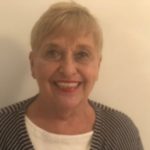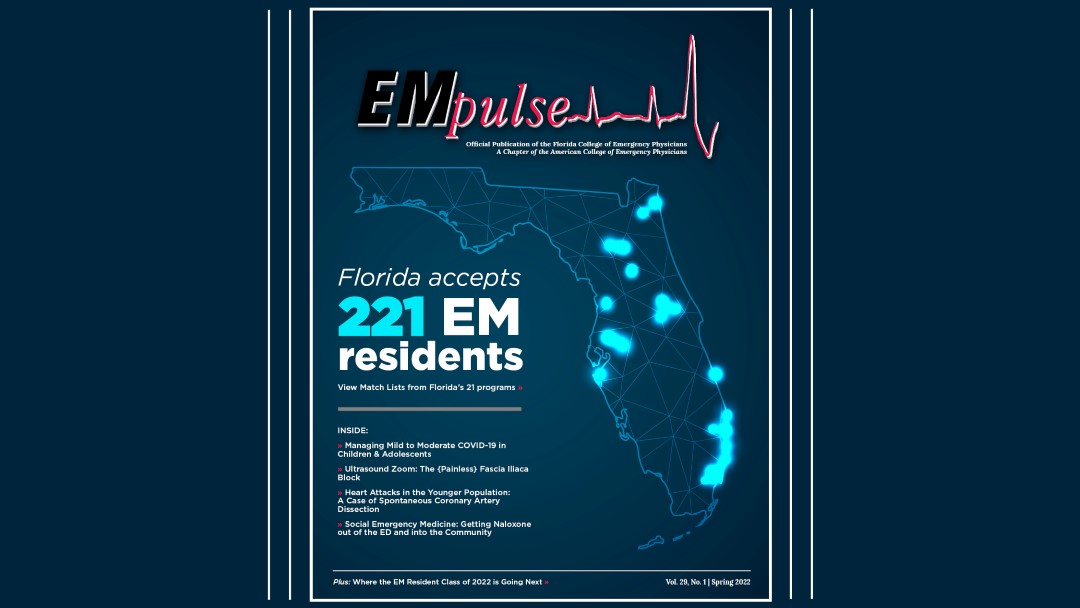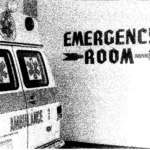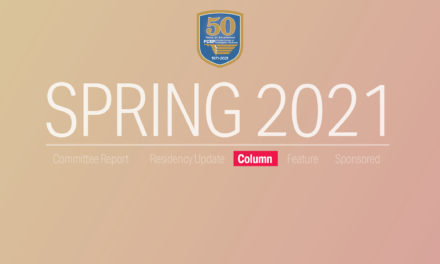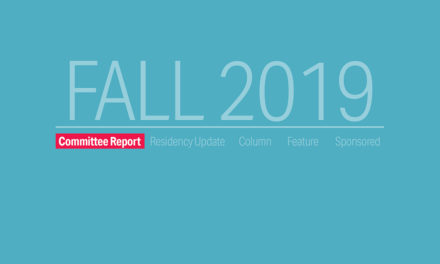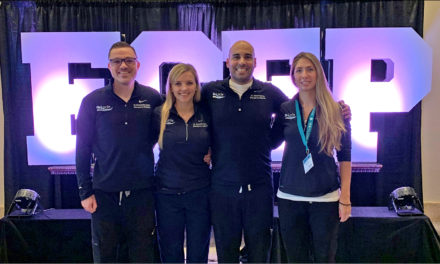The Golden Years: A View from the Bridge
Now that I am living my golden years of retirement, I can speak with some authority. The bridge, of course, is that part of life between active career and ever-after. My husband and I are living the perfect retirement dream. We live in a 55+ community in Florida that has a clubhouse, café, fitness center, two swimming pools, several tennis courts and daily exercise classes (aerobics, Zumba, Tai Chi, Chair Yoga and water aerobics).
We were at a Baby Boomers dinner dance at our club recently. I was sitting next to a new resident.
“So what are you doing with your time here?” I asked. “Do you play tennis or swim or play cards?”
“Well,” she said, “I do play Mah-jongg but mostly, I go to doctors. When I lived in Atlanta, I went to the doctor once a year for an annual checkup. Now, I go to doctors all the time.”
I knew exactly what she meant.
Let’s count my husband’s doctors: locally, he has an internist, general cardiologist, electrophysiologist, neurologist, neuro-ophthalmologist, nephrologist, urologist, optometrist, otolaryngologist and audiologist.
Nationally, he is followed by a surgeon in Texas for his ascending aortic aneurysm; a cardiologist in Chicago for his AICD and multiple ablations; and another cardiologist in Chicago for his cardiac amyloidosis.
When my husband says, “I couldn’t live without my wife,” he means it literally. I cannot count the number of prevented hospitalizations we have achieved through my daily diligence at monitoring his chronic heart failure, fluid status and arrhythmias.
In the past few years, he has had a pontine stroke, rapid atrial rhythms with cardioversion and ultimately ablations, Sick Sinus Syndrome with pacemaker, wide complex tachycardia with defibrillator (AICD), and recent confirmation of cardiac amyloidosis. That’s in addition to his prostate cancer and robotic prostatectomy. And of course, he has the usual hearing loss that comes with birthdays. His double vision is corrected with prescription eyeglasses.
He looks terrific. When he’s on the golf course, you wouldn’t know he has anything wrong with him. That’s Florida for you: the fountain of youth.
There are at least two groups of elderly people: the young-old and the old-old. Arbitrarily, the young-old fall in the 64-75 age bracket and the other group above 75. However, soon we will be describing three groups of old people with the third group being the super-elderly: over 90.
There are at least five people I personally know of who are nearing 100 and quite active. There is a 98-year-old woman in my water aerobics class. She was also in my Tai Chi class until she passed out. That was the day I revealed to the class that I am a doctor. Until then, I was just one of the group.
Physicians in Florida are certainly familiar with the elderly population. What may be surprising is the logarithmic growth of this population. According to Forbes, “in 2011, baby boomers started turning 65, and from now until 2030, that number will swell by 10,000 each day. That’s 70,000 per week and over 280,000 per month.”
Here are a few things I have learned about elderly patients since my retirement. These caveats may be helpful for physicians in medical practice:
While they may have slower reflexes and responses, they can often speak for themselves. When they appear before a doctor with a caregiver, the doctor often directs the questions to the caregiver. The patients find this insulting. They can answer the questions, but it may take a little longer for them to retrieve the information.
It is also a good idea to make sure the caregiver is treating them well. This is frequently not the case.
So many elderly people are on anti-coagulants, and falls occur frequently. The general rule is that they should have a head CT scan to rule out a bleed after a ground-level fall. Many of them end up with intracranial bleeds. A famous person example most recently was former President Jimmy Carter.
So many elderly people live very far from their grown children. Although they talk once a week or routinely, they are often able to confabulate well enough to conceal their developing dementia. Screening is useful, and notifying family is essential. Eventually, there will come a time when they shouldn’t be driving or living alone.
They still have sex, but their concerns have evolved into male erectile dysfunction and female dyspareunia from vaginal atrophy. Many members of both groups have incontinence. These complaints will not be offered unless they are asked. The adult diaper market in 2021 was over $16 billion.
Most people are worried about running out of money.
Many people should have Medicare home services who do not. Many could benefit from physical therapy, nurse visits to check on medications and home health aides. After an injury or illness, they should probably not be sent home without help.
ADL’s should be assessed. Flexibility, balance and strength are frequently compromised. It is far better to prevent falls than to deal with them. Many people need canes or walkers.
Elderly people may not be eating well. Supplementing their diets may be helpful.
Finally, old age is not a disease. Please don’t write them off because of their age. Too often, they are not offered an intervention that younger patients would receive. Even if they are in the old-old group, if they are still very active, perhaps the intervention should be considered.
That’s the view from the bridge where the final destination is in sight. ■
This article is part of the following sections:
